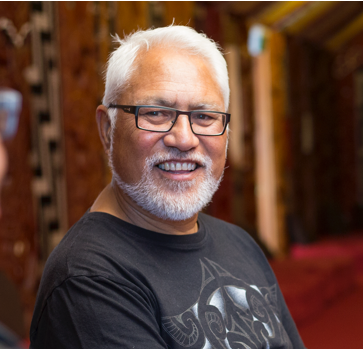Takutai moana: Customary rights in the marine and coastal area (foreshore and seabed)
Pathways for recognition of customary rights in te takutai moana
Recognition through negotiation or court orders
Te Takutai Moana Act 2011, Part 4 Te Takutai Moana Act 2011, ss 95–97 Te Takutai Moana Act 2011, ss 100–108
There were two different pathways that iwi, hapū and whānau could follow to get recognition of their customary rights in te takutai moana: negotiating directly with the government, or applying for a High Court order.
Note: The deadline for starting either of those processes – 3 April 2017 – has now passed.
Under the first option your group could negotiate directly with the government (“the Crown”) to get “recognition agreements” about these rights. The government didn’t have to negotiate with you, but if they decided not to, you had the option of applying to the High Court instead. Agreements coming out of negotiations have to be brought into effect by either an Act of Parliament, for customary marine title, or a Government Order in Council, for protected customary rights. Orders in council are like government regulations, and are made by Cabinet.
The second option was to apply to the High Court for an order recognising your customary rights in te takutai moana (called “Recognition Orders”). The Māori Land Court doesn’t have the power to make these orders. The High Court judge can ask the Māori Appellate Court or pūkenga (experts) for advice about tikanga Māori. If the High Court turns down your application, you can challenge this decision by appealing to the Court of Appeal. You can appeal on the basis either that the High Court judge made factual mistakes or that they made legal mistakes.
The two pathways (negotiating or going to the High Court) have the same test for getting your rights recognised – for example, for protected customary rights, that your particular uses and activities have existed continuously since 1840. Also, once you get recognition for a particular right by government agreement or a High Court Order, the legal effect is the same whichever of those two pathways you’ve used.
However, there may be some important practical differences between those two pathways. In the High Court, the government may well take a more confrontational, less flexible approach. With a negotiated process on the other hand, the government may be willing to work with you in a more collaborative way when it comes to doing research and getting evidence, and they may also be more willing to agree to a wider package of rights than if you took them to the High Court.

